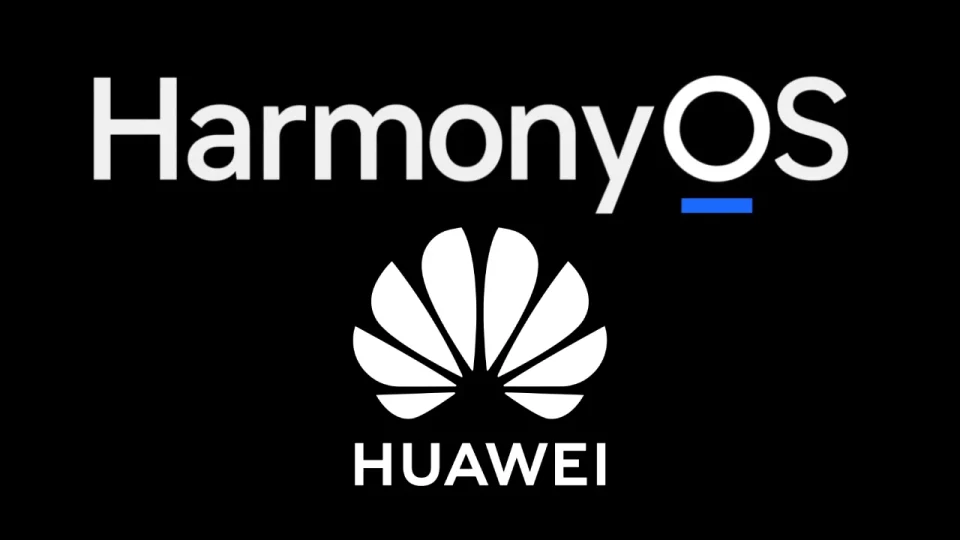This marks a significant step in the Chinese tech giant’s efforts to break free from dependence on Western technologies, particularly Google’s Android and Apple’s iOS.
With its latest innovation, Huawei positions itself as a formidable player in the global tech arena while navigating a challenging geopolitical landscape.
Table of Contents
Breaking the Android Dependency
Huawei’s Mate 70 represents a watershed moment in the company’s journey to reclaim its position as a global leader in smartphone technology. Powered by HarmonyOS Next, the device signals Huawei’s intent to offer a genuine alternative to the dominant operating systems developed in the West.
At the heart of this move is the HarmonyOS Next operating system, which eliminates support for Android-based apps—a bold departure from Huawei’s earlier versions of HarmonyOS that retained compatibility with Android. Richard Yu, chairman of Huawei’s consumer business, described the new system as “pure-blooded” technology developed entirely by Huawei’s engineers.
This independence is more than symbolic. It demonstrates Huawei’s technical resilience following years of challenges, including severe U.S. export restrictions that have hampered its access to semiconductor technologies. According to Lucas Zhong, a research analyst at Canalys, the shift away from Android is critical to Huawei’s long-term strategy. It aims to solidify consumer loyalty, attract users seeking an alternative platform, and maintain momentum in the premium market segment.
The HarmonyOS ecosystem is not just a survival strategy; it is an offensive play. Huawei is betting on its ability to cultivate a vibrant ecosystem of apps and developers, a necessity for competing with entrenched players like Google and Apple.
Reviving a Market Presence
The Mate 70 builds on the legacy of last year’s Mate 60 series, a lineup that defied industry expectations and marked Huawei’s resurgence in the high-end smartphone market. The Mate 60 Pro, launched in August 2023, became a symbol of the ongoing tech rivalry between the United States and China, generating significant buzz and consumer interest.
The Mate 70 takes this momentum further. Priced at 5,499 yuan ($760), it positions itself as a premium device with cutting-edge features and seamless integration into the HarmonyOS ecosystem. Analysts like Mengmeng Zhang of Counterpoint Research predict that the Mate 70 series could exceed 10 million shipments over its lifecycle—a notable achievement considering Huawei’s previous market struggles.
Huawei’s resurgence is reflected in its growing market share in China. According to Canalys, the company’s share of the Chinese high-end smartphone market (devices priced above $600) climbed from 11% in Q3 2022 to 33% in the same quarter of 2023. Meanwhile, Apple’s share dropped from 72% to 52%. This shift underscores the growing appeal of Huawei’s devices in its home market and its potential to disrupt the dominance of Western tech giants.
The implications extend beyond Huawei’s bottom line. The Mate 70’s success is a testament to the company’s ability to innovate under pressure and regain consumer trust. It also signals a broader shift in the global tech landscape, with Chinese companies increasingly seeking self-reliance in response to geopolitical tensions.
HarmonyOS: Building a Competitive Ecosystem
While the Mate 70’s hardware is impressive, Huawei’s true test lies in its ability to build a thriving ecosystem around HarmonyOS. The operating system, initially launched in 2019, has evolved significantly, but creating a platform that rivals Android and iOS requires a robust ecosystem of apps and developers.
Huawei has been proactive in this regard. The company aims to migrate tens of thousands of apps from the Android ecosystem to HarmonyOS, with a goal of developing 100,000 HarmonyOS applications within the next year. This push has been supported by major Chinese tech companies, which are investing in app development for the new platform.
Eric Xu, Huawei’s rotating chairman, highlighted the importance of user adoption and developer engagement. “If no one uses it, no matter how advanced the operating system is, it will have no value,” Xu said. Huawei’s strategy focuses on establishing a strong foothold in the Chinese market before expanding globally, a pragmatic approach given the challenges of competing with established platforms.
The road ahead is not without obstacles. Building a competitive ecosystem requires time, resources, and collaboration. Developers need incentives to create apps for a new platform, and consumers need assurance that switching to HarmonyOS will not compromise their user experience. However, Huawei’s determination and the initial success of its Mate 60 and Mate 70 series suggest that it is on the right path.
